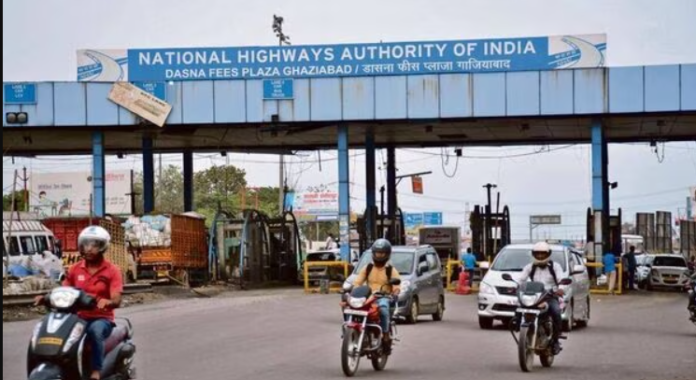The recent inauguration of the Atal Setu or Mumbai Trans Harbour Link marked a milestone in India’s infrastructure development, connecting Mumbai to Navi Mumbai. However, as the dust settles on the newly built bridge, commuters are left grappling with the weighty tolls imposed on their journeys. With toll charges becoming an increasingly prevalent aspect of Indian road travel, the question arises – will the tolls on Indian roads take a greater toll on the citizens, and what are the implications of this burgeoning trend?
The Rise of Pay-and-Ride:
The concept of pay-and-ride has permeated the Indian road infrastructure landscape, bringing with it a wave of toll booths and charges that commuters must contend with. The Atal Setu, spanning 22 kilometers, demands a toll of 250 for a one-way journey, offering a glimpse into the evolving dynamics of road financing in the country. This trend, however, is not isolated; it reflects a broader strategy employed by the government to fund infrastructure projects through user charges.
The Revenue Surge:
India has witnessed a substantial surge in road toll revenues over the past few years, with the bulk stemming from national highways. From 17,759 crores in the fiscal year 2015-16, the toll revenues catapulted to a staggering 48,028 crores in 2022-23. Union Minister for Road Transport, Nitin Gadkari, envisions an even grander trajectory, targeting revenues of 1.3 trillion by 2030, implying an average annual growth rate of 15%. While this financial aspiration signifies progress and development, it raises concerns about the economic burden imposed on the common citizen.
The Cost of Connectivity:
Infrastructure development, including the construction of roads and bridges, undoubtedly contributes to the economic growth of a nation. Improved connectivity facilitates trade, enhances regional development, and fosters economic activities. However, the burgeoning toll charges threaten to transform the concept of progress into a luxury that only a few can afford. For the average commuter, the toll expenses can significantly impact their monthly budget, questioning the inclusivity of the very infrastructure meant to benefit all.
The Socioeconomic Ramifications:
As toll charges escalate, it is imperative to consider the socioeconomic ramifications. The burden of tolls disproportionately affects lower-income individuals who rely heavily on road transport for their daily commute. For many, the toll charges represent a substantial portion of their disposable income, limiting their financial flexibility. This socioeconomic disparity raises concerns about equitable access to essential services and opportunities for all segments of society.
Government’s Revenue Target:
Nitin Gadkari’s ambitious target of generating 1.3 trillion in toll revenues by 2030 reflects the government’s commitment to financing infrastructure projects. While such aspirations are commendable, striking a balance between revenue generation and ensuring affordability for the masses is crucial. As tolls become a significant source of funding, it is essential to explore alternative models that distribute the financial burden more equitably.
Public Sentiment and Protests:
The imposition of tolls has not gone unnoticed by the public, leading to sporadic protests and expressions of discontent. Commuters and advocacy groups argue that the toll charges often seem disproportionate to the benefits derived. As toll plazas multiply across the country, there is a growing demand for transparency in how toll revenues are utilized and a call for a fairer system that considers the economic realities of the diverse population.
Exploring Alternatives:
To address the concerns surrounding toll charges, it is imperative to explore alternative financing models for road infrastructure. Public-private partnerships (PPPs), value capture financing, and innovative funding mechanisms can be explored to diversify revenue streams. Additionally, transparent communication about the utilization of toll revenues and periodic reviews of toll charges can help build public trust and ensure that citizens perceive tolls as a fair contribution to the nation’s progress.
As India races towards a future of enhanced connectivity and infrastructure development, the tolls on its roads serve as a financial checkpoint for its citizens. While the government’s revenue targets indicate a commitment to progress, it is vital to tread carefully, considering the socioeconomic implications of escalating toll charges. A nuanced approach that balances the financial aspirations of the government with the economic realities of the citizens is crucial to ensure that the tolls on Indian roads do not take a greater toll on the pockets and well-being of the people they are meant to serve. As the nation marches forward, the tolls must become a tool for inclusive development rather than a barrier for the masses.
Disclaimer: The thoughts and opinions stated in this article are solely those of the author and do not necessarily reflect the views or positions of any entities represented and we recommend referring to more recent and reliable sources for up-to-date information.









